By Eric Niderost
The siege of the Alamo is one of the most celebrated military confrontations in American history. There have been other instances of American soldiers fighting against the odds, from Custer’s Last Stand in 1876 to the embattled Marines defending Wake Island against the Japanese in 1941. But no other incident has struck such a deeply emotional chord among Americans as the Alamo. The Mission Chapel façade has become an icon, instantly recognizable to people the world over as a symbol of men fighting heroically against the odds.
[text_ad]
The Alamo had all the necessary ingredients for high drama, so it’s not surprising it has been a film subject almost from the movies’ birth. The first known picture was the 1911 production The Immortal Alamo. A few years later famed movie pioneer D.W. Griffith released Martyrs of the Alamo in 1915. The battle scenes are well staged, but to modern viewers the racism is unsettling. Early in the picture, before the siege, a Mexican officer flirts with Susannah Dickinson. For this “crime” her husband Almeron shoots him dead.
Over the next 40 years about a half-dozen Alamo movies followed. None, however, had the impact of a television show produced by Walt Disney in the 1950s. Davy Crockett, King of the Wild Frontier chronicled the story of the legendary hunter and woodsman. One of its chief assets was actor Fess Parker, a lanky, laid-back kind of a guy whose southern accent and down-home charm struck exactly the right note.
Disney’s Davy Crockett wasn’t just a show; it was a phenomenon that dramatically demonstrated the awesome power of TV. Millions of children all over the country could not get enough of Davy. Stores could not keep toy rifles or coonskin caps in stock, and parents became sick of constant renditions of the show theme song, “Ballad of Davy Crockett.”
The Alamo (1960) is probably the best known of all Amano features. Produced by actor John Wayne, himself a kind of American icon, it was intended as an unabashed paean to American ideals and a patriotic salute to the country’s past. Wayne was the director, which raised a lot of eyebrows at the time, but he does a competent job.
Remembering the Alamo
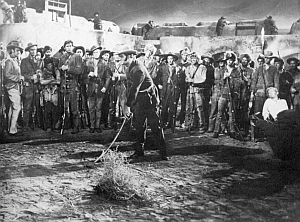
Still, the film takes major liberties with the characters and events surrounding the Texas Revolution. For example, Bowie is shown losing his wife and children to cholera during the siege, when in reality they died years before. The worst part of the film is the long-winded “patriotic” speeches that Wayne gives his audiences from time to time.
The Alamo (2003) is the latest screen incarnation of the epic saga. Produced by Disney’s Touchstone Pictures, the movie stars Dennis Quad as Sam Houston, Billy Bob Thornton as David Crockett, and Jason Patric as James Bowie. What sets this film apart from its predecessors is its painstaking attention to historical detail. For example, Mexicans speak 19th-century Spanish, while Indians speak authentic Cherokee.
Every effort is being made to present a balanced account.
The contributions of the Tejanos—Hispanic Texans—to the success of the Texas Revolution was not overlooked. Tejano leader Juan Nepomuceno Seguin, as played by actor Jordi Molia, is shown as a man of strength and integrity.
The Alamo’s sets were built on a ranch at Dripping Springs, Tex., some 60 miles north of San Antonio. The set covers 51 acres and is filled with buildings that historians have praised for their authenticity and period detail. Particularly noteworthy is the set of San Antonio de Bexar, which is far more realistic than the town in the John Wayne film. Wayne’s San Antonio was a “generic” western town that is closer to 1880s Tombstone or Dodge City than anything from the Hispanic southwest.
The advent of the new Alamo movie is bound to introduce the Alamo saga to a whole new generation, keeping the memory of the men who fought on both sides forever fresh.
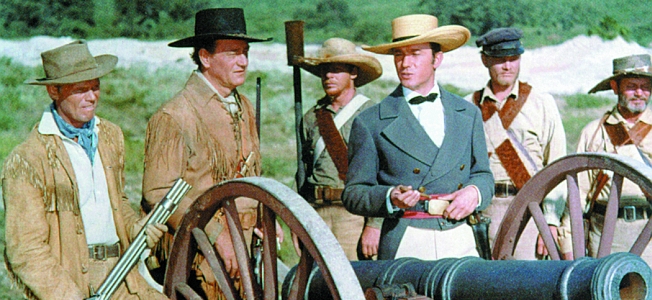


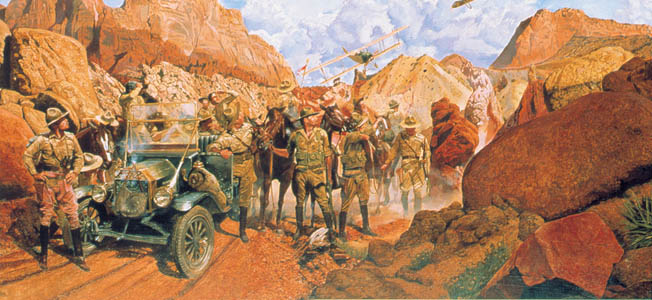

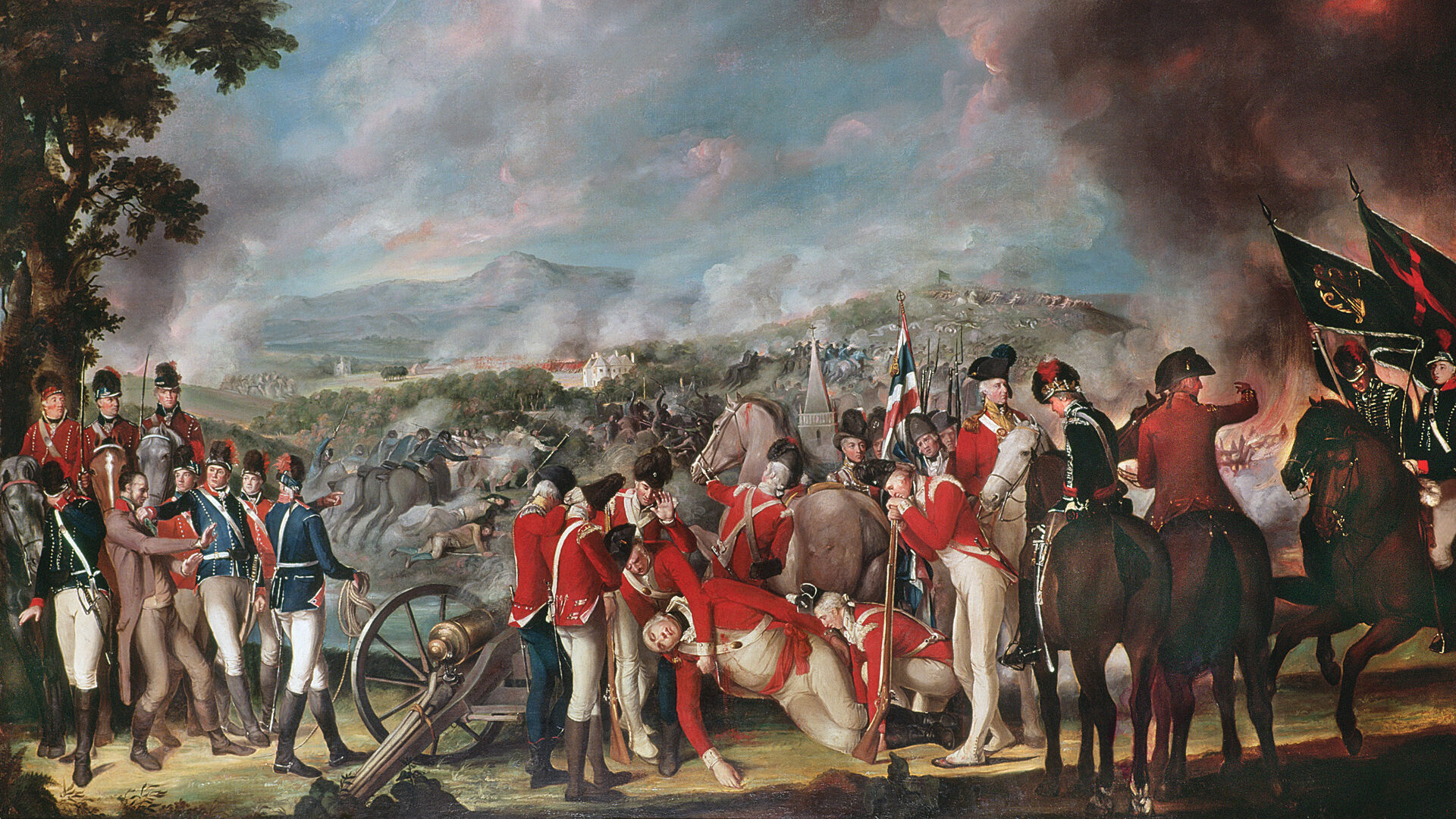
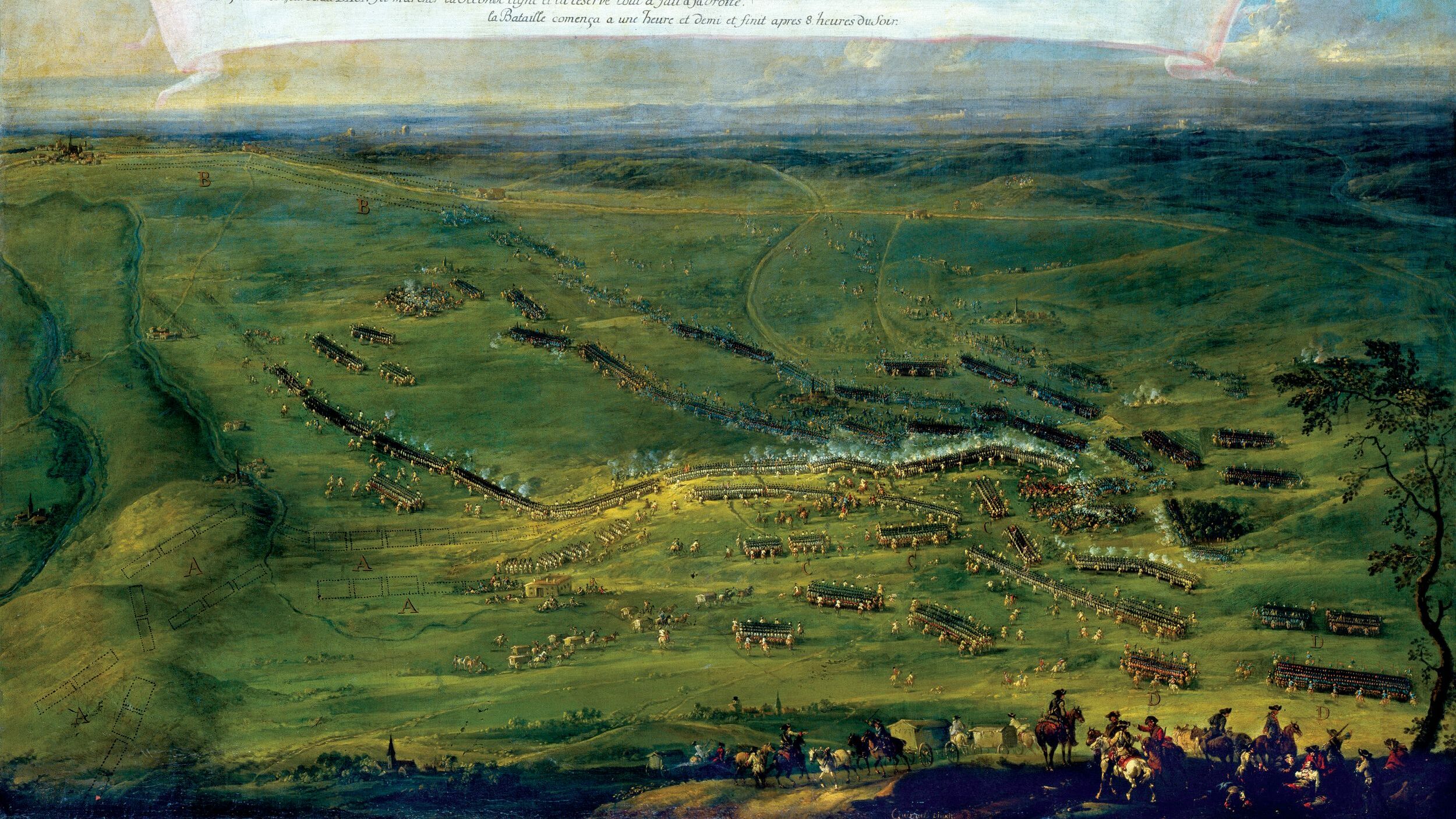
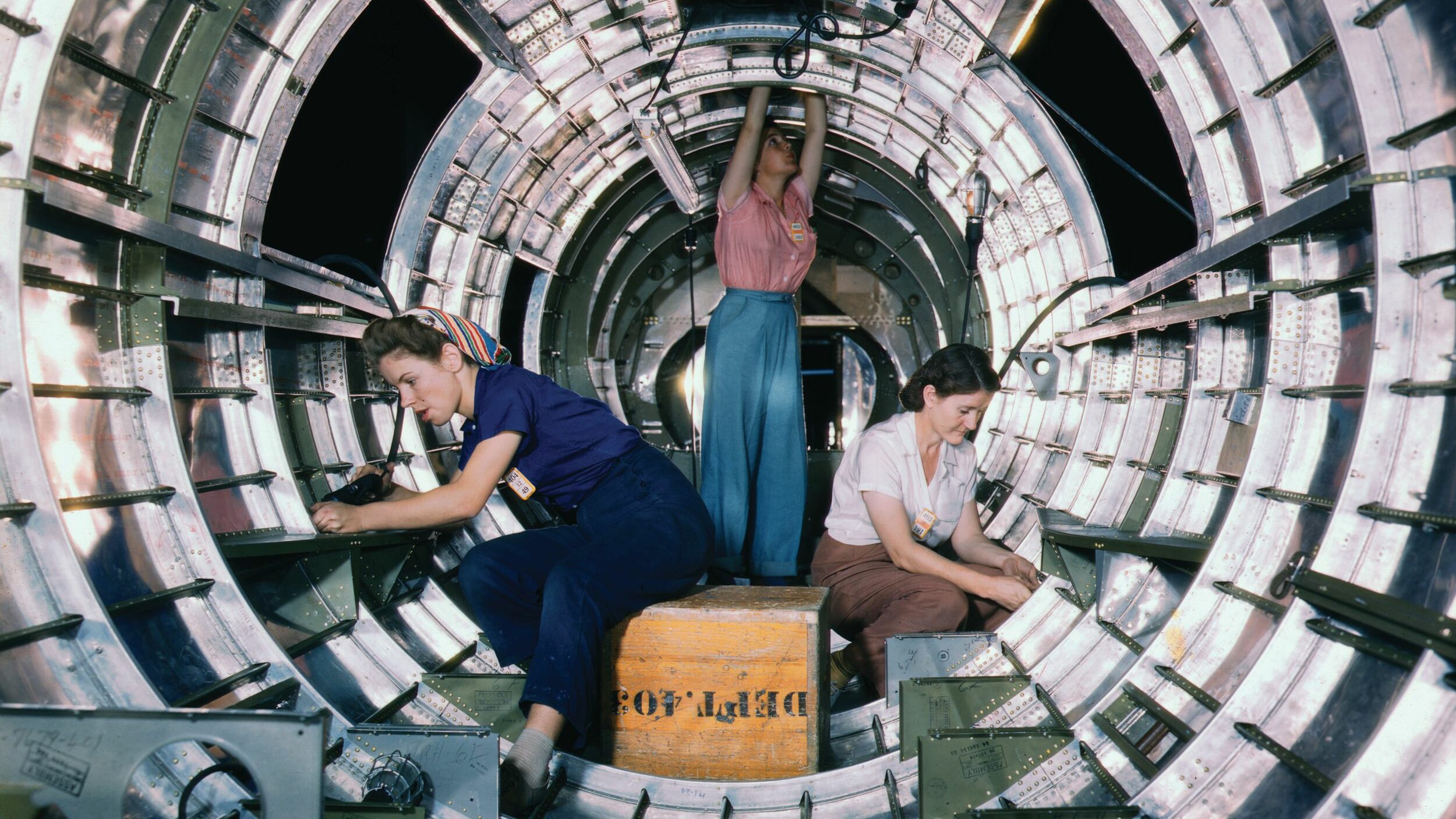
Join The Conversation
Comments
View All Comments